How to make research accessible at a trade fair?
Some topics and projects are
rather complex and – depending on the discipline – very abstract. Hence, it is difficult
to make them understandable to a lay audience. While engineering applications
can be displayed in the form of physical devices and machinery, information
technology is more of a challenge. One possible way to do this is the “story-telling”
approach.
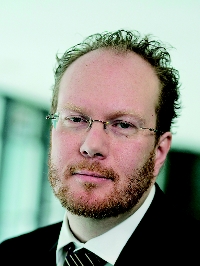
Expert: Welf
Zöller
Fraunhofer Society
Trade Fairs and Exhibitions
Munich
Case study: model city
Although IT applications are not really haptically accessible, Fraunhofer had its most impressive presence at CeBIT. At one of the last editions two years ago it staged the project “Morgenstadt” – city of the future – as a model city with roads, signposts and trees. The group presence on a space of 1,000 square metres was divided into theme worlds featuring the activities of the individual Fraunhofer institutes. It was a showcase of the many different areas and fields of work within a city: The “Airport” area featured exhibits on the topics “IT & Security” and “IT & Logistics”. It incorporated a three-dimensional visualisation of the latter topic using the image of a trolley among other objects. The “Museum” area showed a completely different theme world with a focus on the computerisation of documents. As another example, the “Townhall” area featured exhibits exemplifying electronic administration and citizen-centred services.
Case study: petrol station
Fraunhofer also has a large presence at Hannover Messe every year. As part of the industry show, the research society has focused on the topic of e-mobility in recent years. As a dramaturgic “vehicle”, it set up a petrol station to present the relevant exhibits. This made it immediately clear to visitors that this was about energy for motor vehicles.
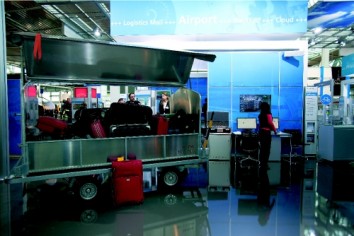
Case study: concrete walls
Fraunhofer also does extensive research in other industries. Its most recent participation in a trade fair was just a few weeks ago, in late January. The focus of its presence was on concerns of the construction industry. At “Bau 2015” in Munich, Fraunhofer presented exhibits on the topics construction materials, construction systems and security in the “ResearchWorkShop”. To visualise their product ideas, researchers had integrated them in mock concrete walls. They included algae-based insulation materials or façade finishes, for example. The visualisation quite literally made the solutions tangible for visitors.
Integrate staff
In-house and external staff such as agencies, stand construction firms and employees have an opportunity to meet and discuss at regular workshops. They focus on the question how research topics can be made accessible to the public at large. This discussion additionally motivates Fraunhofer staff, who are very keen on experimenting and inventing, to make “their” topic more tangible and “presentable”. This also gives them more confidence for later, when they have to interact at the stand with an expert audience. Currently, an interactive game is being developed in workshops for the Fraunhofer Academy.
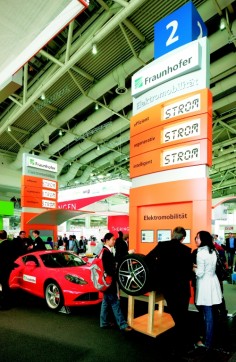
Obtain “trade fair driving licence”
As an optimum preparation for the event situation, Fraunhofer has introduced a “trade fair driving licence” for the stand team. Despite its strong focus on distribution, this in-house training programme also gives staff a chance to practice hands-on “with the exhibit”. The advantage: Staff become aware of shortcomings they must work on before taking part in a fair. For example, they may need to brush up on foreign language skills or to adjust the exhibit. Another point is to make Fraunhofer staff aware of the importance of goals –you should only consider taking part in a show, if you have specific goals.
Monitor response
The success of an exhibition presence can be monitored indirectly by evaluating the media response. Delegates’ perceptions also play a role. In addition, the contacts established at the fair can also be evaluated to this end.
Together with his colleagues Franziska Kowalewski and Susanne Pichottam, Welf Zöller is responsible for approx. 30 group stands of the Fraunhofer Society every year. The individual research divisions and institutes exhibit at a wide range of fairs occupying a total space of approx. 5,000 square metres.
This article was published in TFI issue 1/2015
Share in Facebook, Twitter or Google+:
TFI - Trade Fairs International - The International Trade Fair Magazine.
© 2006 - 2024 by TFI-Verlagsgesellschaft mbH. All rights reserved. TFI-Verlagsgesellschaft mbH shall accept no responsibility for the contents of external links and other contents.
TFI-Know-how
-
What to do when things go wrong at virtual or in-person events?
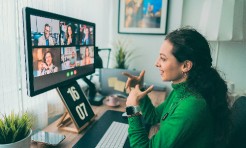
In the event world, it’s simply part of life if things don’t work out as planned.
-
How can networking be made to work at online events?
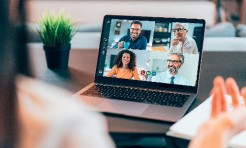
Networking typically happens at real, in-person events. But it’s also possible to do it online; it just works a little differently. There are various options available to organisers.
-
How can exhibitors stand out at trade fairs?

New products and a well-conceived stand design are not the only drivers for a successful presence. Many other factors are also important, but trade fair planners often lose sight of them.
-
How can industry decision-makers be reached online?
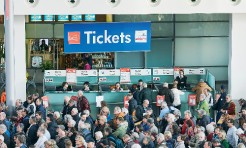
Trade fairs and trade fair companies need to constantly further develop, become more agile and flexible and offer services all year round. New, digital offerings are very important here. With its TrustedTargeting technology, Messe München offers its customers access to leading business-to-business decision-makers on the Internet.


